Tucked at the base of Portland’s Munjoy Hill and overlooking the flow of traffic on Interstate 295, the Cathedral of the Immaculate Conception stands as a red brick sentry of faith and heritage for about 220,000 Roman Catholics in Maine.
Inside the church, soaring white columns, graceful arches and colorful stained-glass windows draw the eye and the spirit upward, just as they did when the cathedral opened 150 years ago as headquarters of the fledgling Diocese of Portland.
Listed on the National Register of Historic Places in 1985, the cathedral is one of the most significant historical buildings in Maine’s largest city. Destroyed while under construction in the Great Fire of 1866, the rebuilt neo-Gothic structure is a testament to courage and determination amid anti-Catholic, anti-immigrant sentiments of that era.
It’s still the bishop’s seat and the center of seven parishes remaining in Portland, where priests are ordained, couples are married, children are baptized and sacred oils are blessed for use in Catholic churches across the state.
And it’s still the tallest building in the city. The loftiest of its three spires rises 204 feet above the church block bounded by Cumberland Avenue, Congress Street and Franklin Street.
“It is a landmark building in Portland – a sign that the Catholic Church is part of the fabric of the city and the state,” said Monsignor Marc Caron, a priest of the diocese who is a professor at Saint John’s Seminary in Brighton, Massachusetts.
Caron, a Lewiston native who served as chancellor of the diocese from 1997 to 2008, will lead a presentation on the cathedral’s history at 2 p.m. Sunday in the cathedral’s chapel. Free and open to the public, the event will kick off a monthslong celebration of the cathedral’s construction and dedication on Sept. 8, 1869.
HOME FOR A DIOCESE
It’s unclear how many Mainers are Roman Catholic. Church membership dropped well below 200,000 a decade ago and led to parish consolidations statewide. However, on its website, the diocese refers to a 2015 Pew Research Center study that found 21 percent of adult Mainers identified as Catholic, which would be about 227,662 of the state’s 1.3 million residents.
The Mother Church of Maine Catholics was brought to life by Bishop David Bacon, a native of Brooklyn, New York, who headed the diocese as its first bishop from 1855 until his death in 1874.
Formerly part of the Diocese of Boston, the Diocese of Portland initially covered Maine and New Hampshire and consisted of six priests and eight churches. When Bacon died, the diocese had 63 churches, 52 priests, 23 parish schools, and a Catholic population of about 80,000. New Hampshire became a separate diocese in 1884.

Bishop David Bacon, first bishop of the Diocese of Portland, traveled across the United States to raise money to build the Cathedral of the Immaculate Conception, which opened 150 years ago in 1869. Portrait courtesy of Diocese of Portland
Bacon promoted the cathedral project widely across the United States, seeking donations to build a second Catholic church for Portland’s burgeoning immigrant community, after St. Dominic Parish, which was founded on Gray Street in 1828.
Bacon hired noted New York architect Patrick Keely to draw up plans for the cathedral. Keely designed hundreds of Catholic buildings during his career, including St. John Church in Bangor and the former St. Joseph and St. Patrick churches in Lewiston, Caron said.
The walls of the cathedral were nearly completed when the unfinished structure burned to the ground on July 4, 1866, leveled by an unrelenting fire that wiped out 1,500 buildings on the Portland peninsula and left more than 10,000 people homeless. The bishop’s residence, a chapel, a convent and school buildings also were destroyed.
“Everything had to start over from scratch,” Caron said.
AN ‘ELEGANT’ STRUCTURE
After more fundraising, construction resumed in 1868 and the cathedral was dedicated a year later at a celebratory Mass attended by 75 priests and city residents of all faiths.
The Rev. Isaac Thomas Hecker, a renowned Catholic theologian, delivered the sermon, calling the cathedral “the noblest and most elegant of structures.”
The cathedral is 186 feet long and 70 feet wide, according to the diocesan website. It seats 900 people along a center aisle that stretches 150 feet from entrance to altar. The vaulted ceiling rises 70 feet above the floor, held aloft by seven pillars on each side of the nave that are connected by pointed arches.
The cathedral was restored in 1921, renovated in 1969, and restored again in 2000. It features a variety of historical and contemporary religious art, including several carved marble pieces and three paintings by Portland artist Michael Waterman.
Anniversary celebrations will continue throughout 2019, including special Masses commemorating the dedication on Sept. 8 and the Immaculate Conception on Dec. 7. Bishop Robert Deeley is scheduled to celebrate both services.
For more information about the cathedral, including free monthly tours, visit portlandcatholic.org/cathedral.
Send questions/comments to the editors.

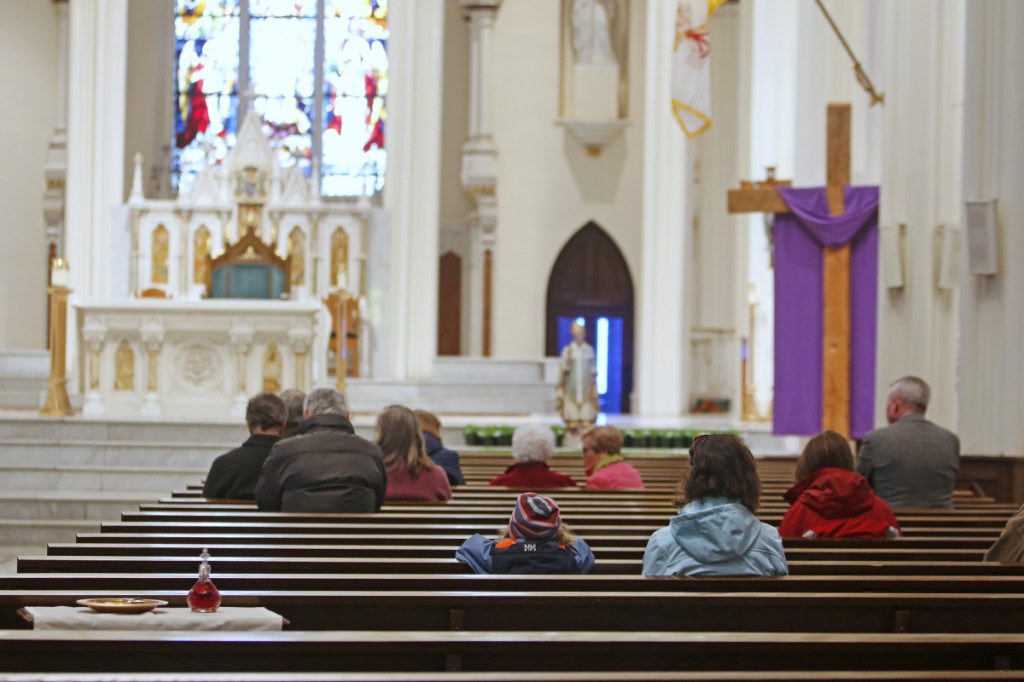
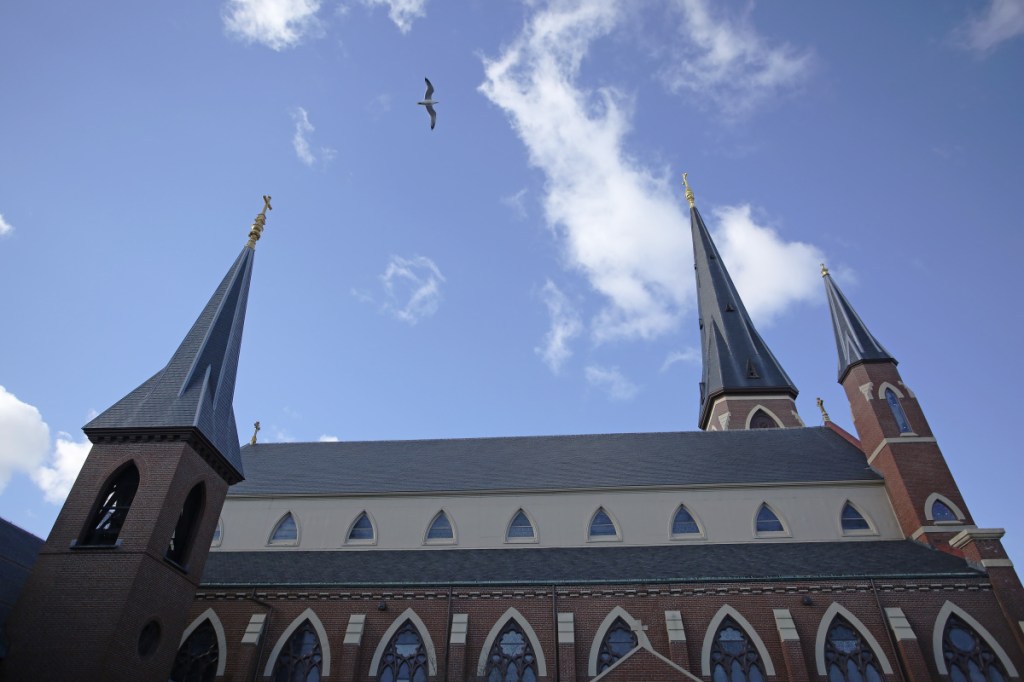
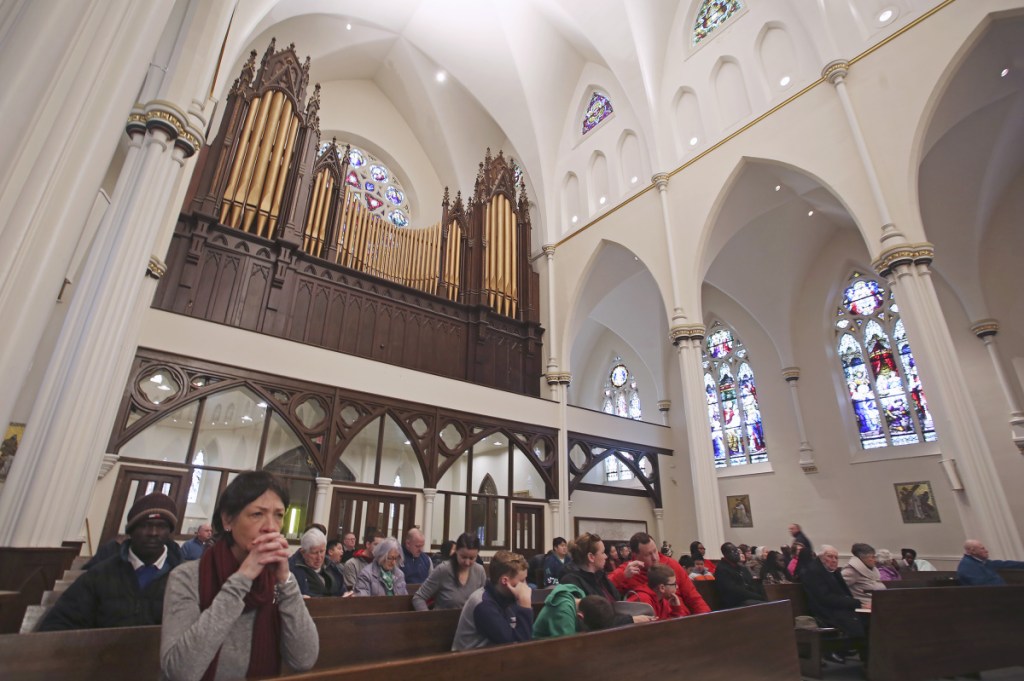
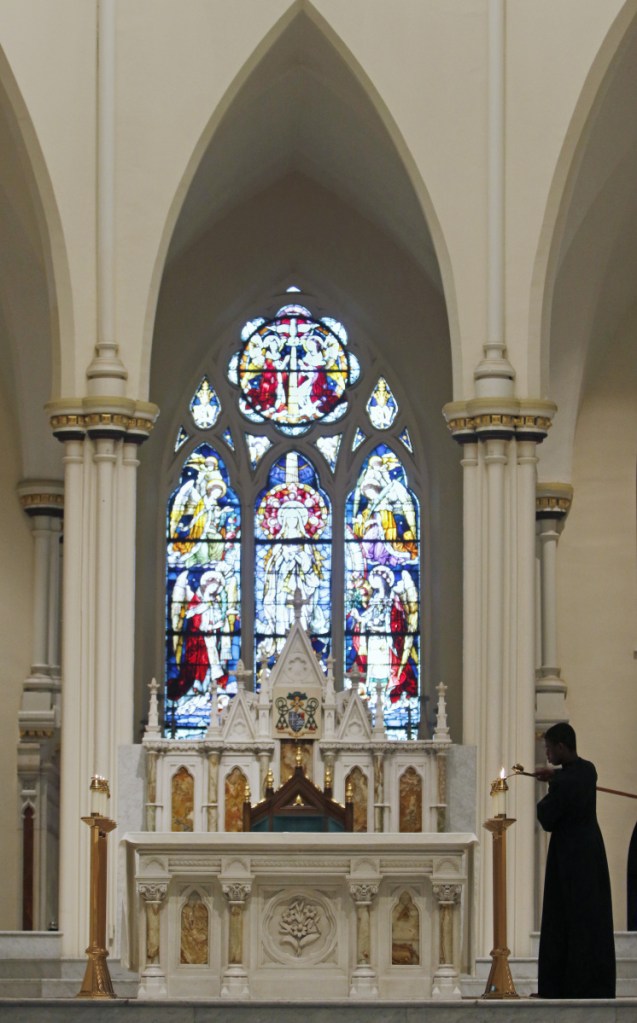
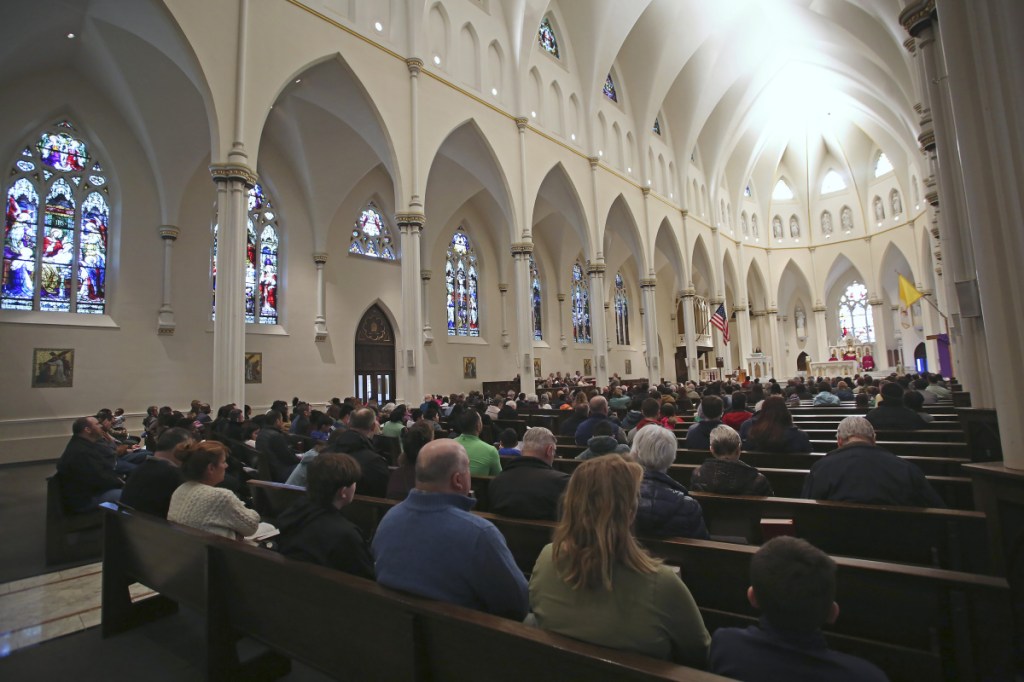
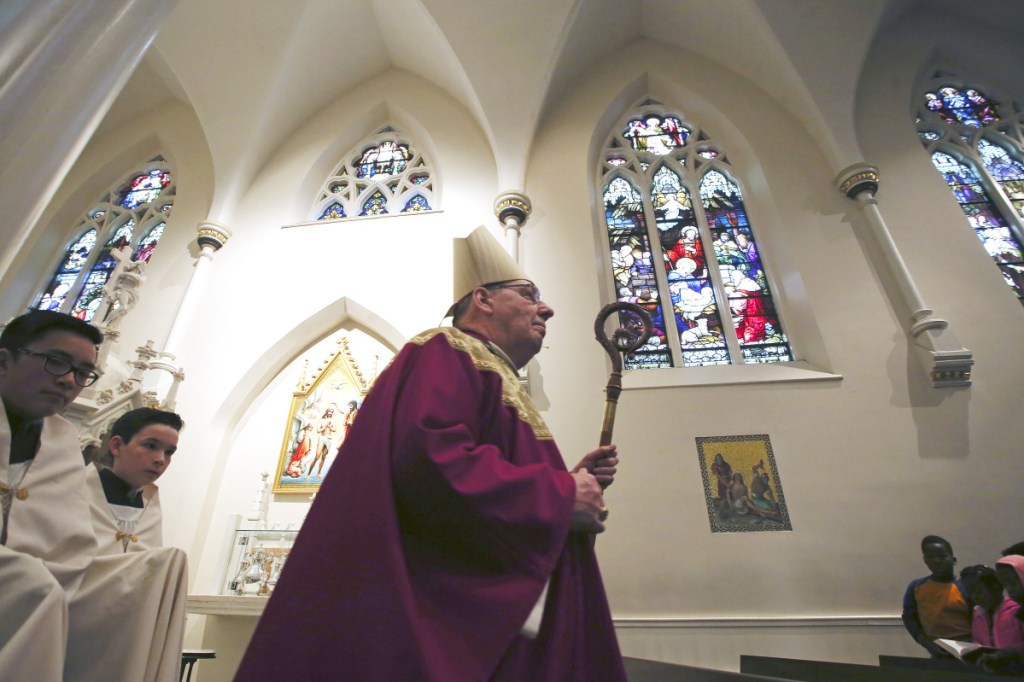
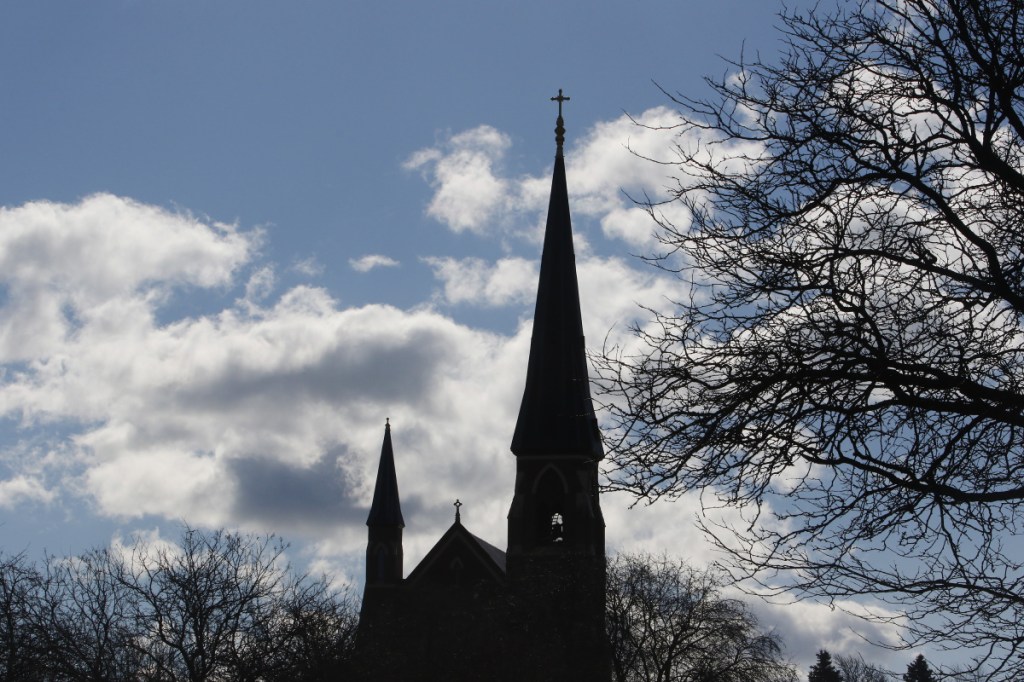
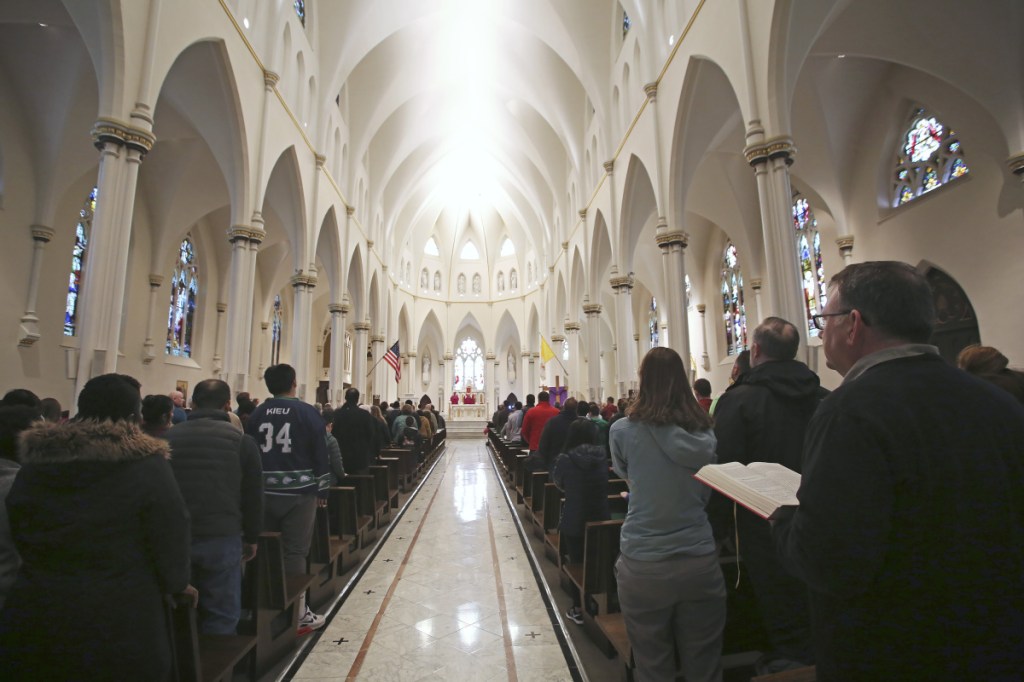

Comments are no longer available on this story